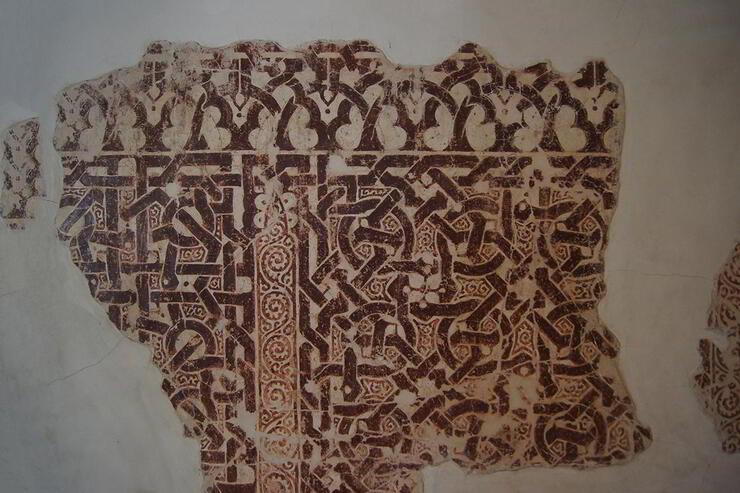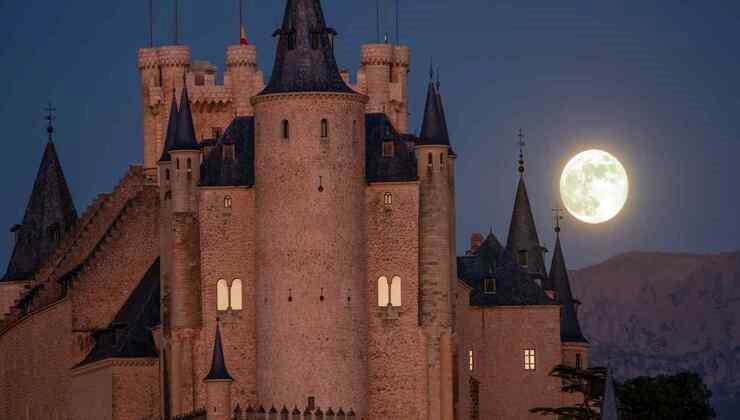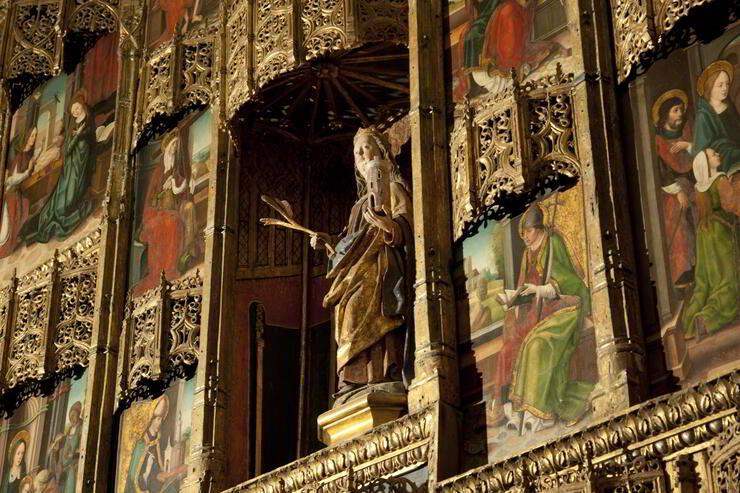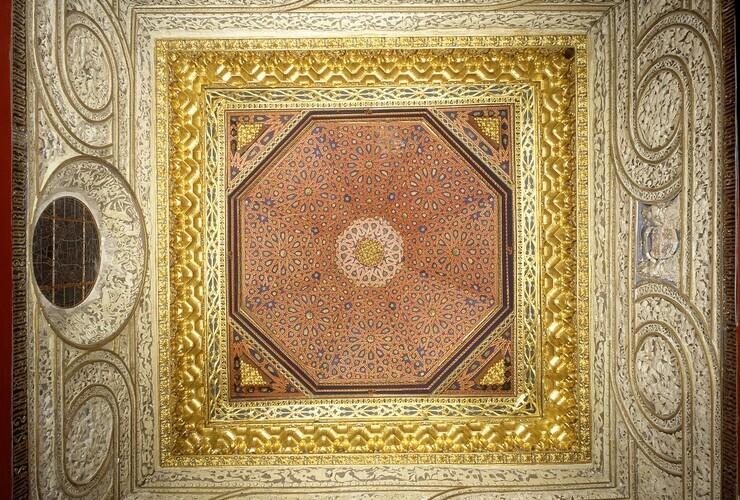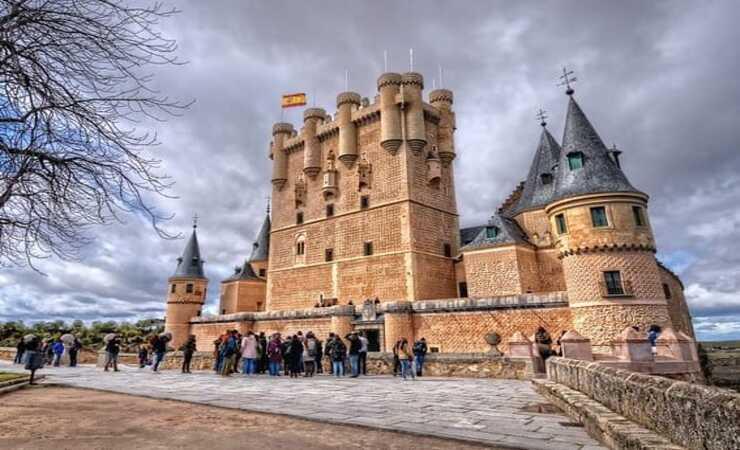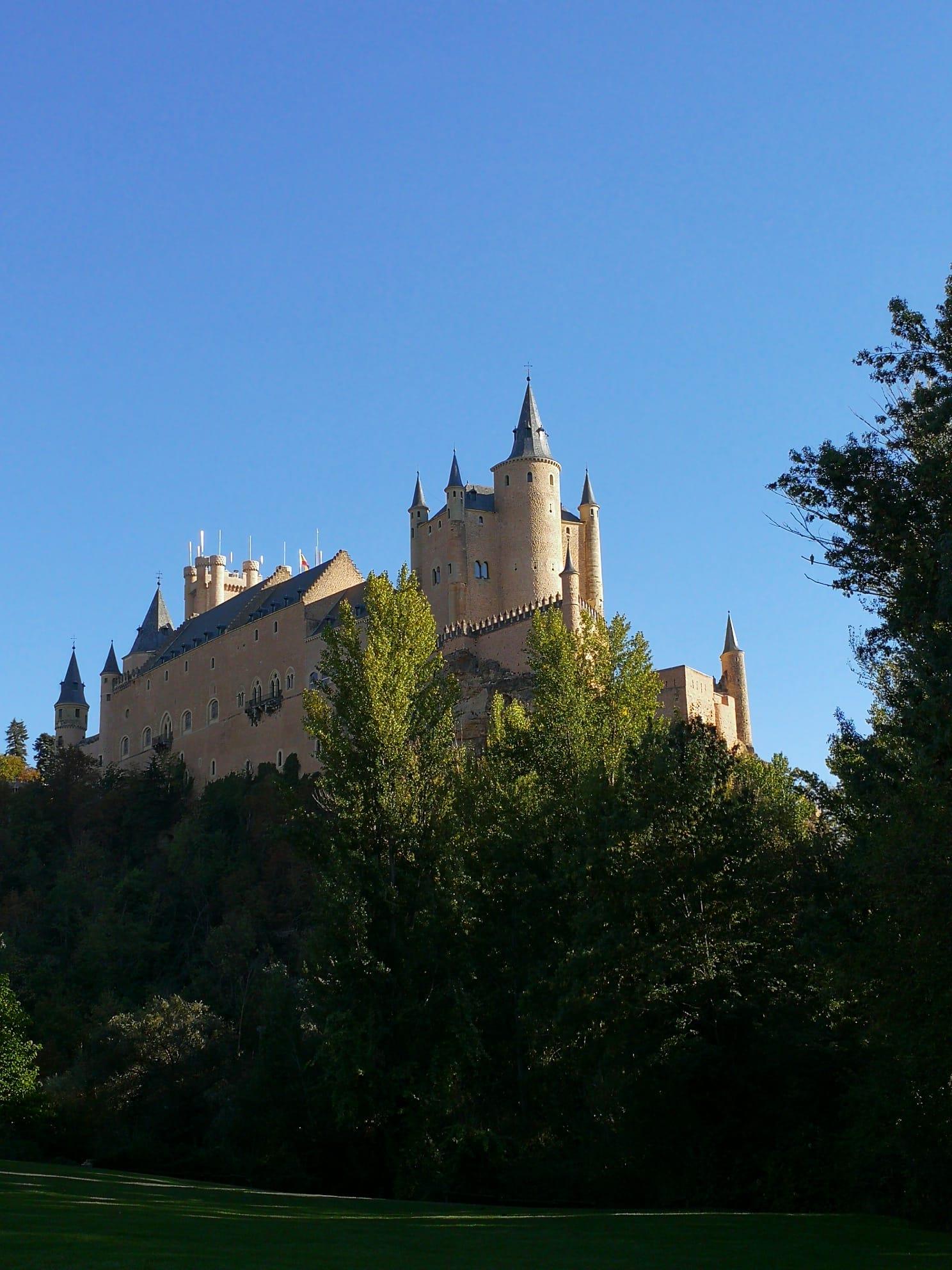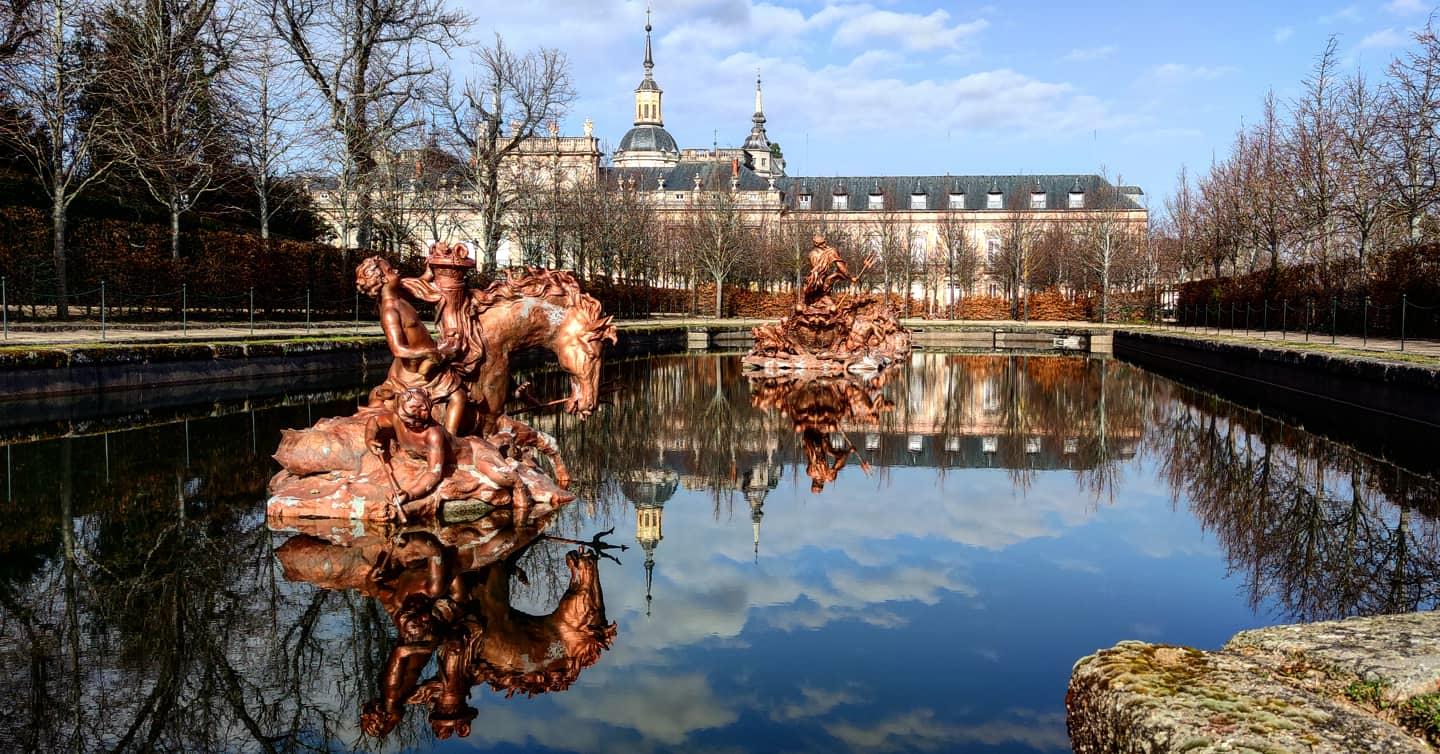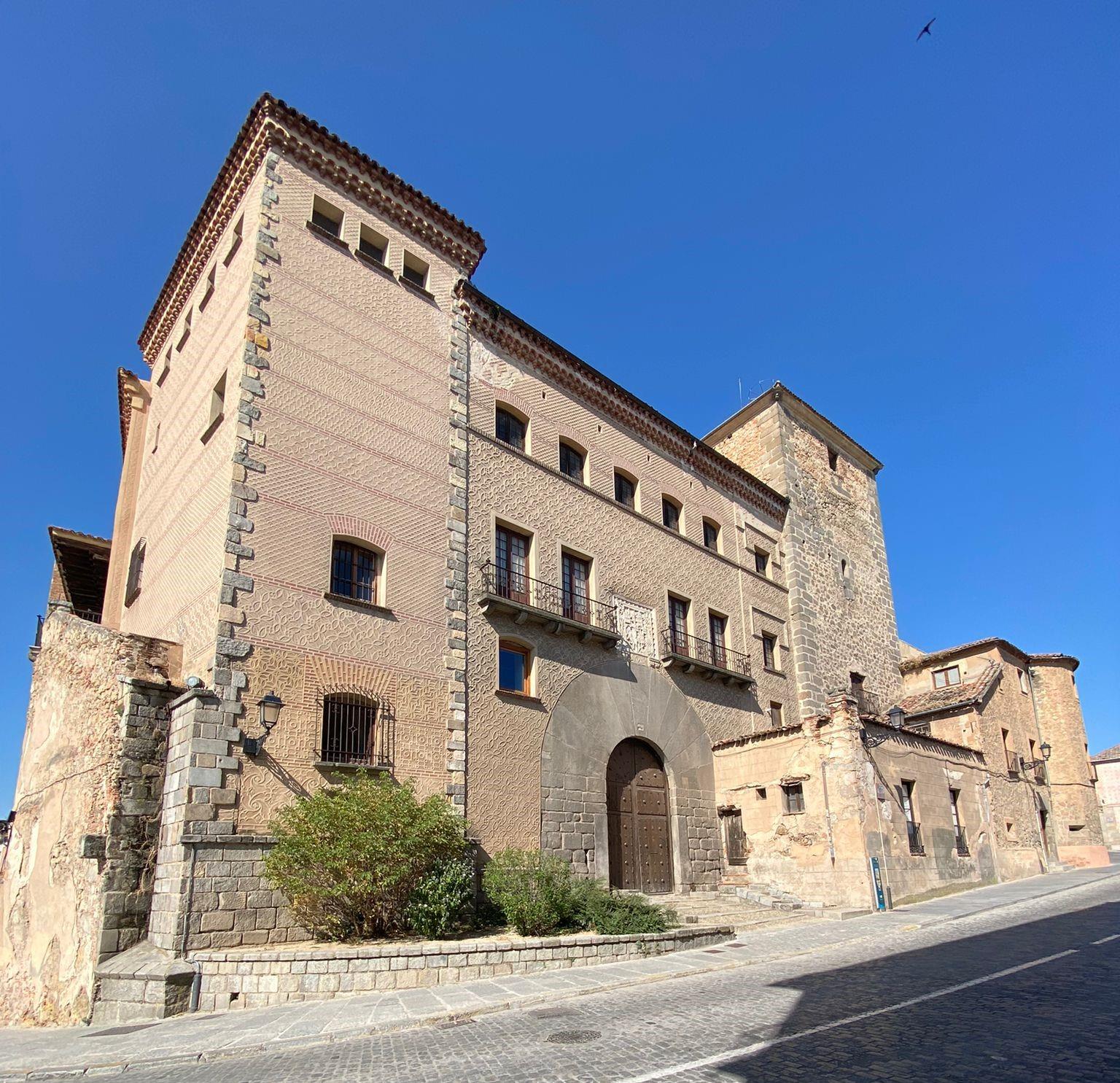The image of the Alcázar of Segovia has gone around the world: a unique Castle with the appearance of a fairy-tale Palace, which brings together the architectural tastes of different monarchs and He tells palace stories to all those who come to know him.
What's to see with your ticket Alcazar de Segovia Tickets
Highlights to see in Alcazar de Segovia Tickets
Details
Duration
1 hour 30 minutes
Language
Guide in Spanish
Price
People: 10.00 €
Audio guide: 13.50 €
Availability and starting time
Not available
When to book?
You can reserve up to before the activity
Free cancellation
Cancel free up to 41 days before the activity and receive a full refund.
Included
Palacio, Museo and Torre del Alcázar de Segovia Tickets
1 Participación en Premios Mensuales:
Ver Premios
Excluded
Guided Tour
Meeting point
Conditions
How to book?
Limited availability. Book as soon as possible to guarantee availability. Choose date and fill in the required fields. Secure and protected payment. You will immediately receive your booking confirmation.
Is the interior of the monuments visited?
Exterior and interior of most named sites
Is the tour adapted for people with reduced mobility?
Not adapted
Guaranteed departures without min of travelers
Yes
Are animals allowed?
Not
Activity recommended for children?
Yes, families are welcome
Our promises
Best price guaranteed
Quick and easy reservation
Multilingual Customer Service
Secure payment
Contact us
Do you have any question?
Would you like this tour in private?
Reservation
Cancel or modify reservation


